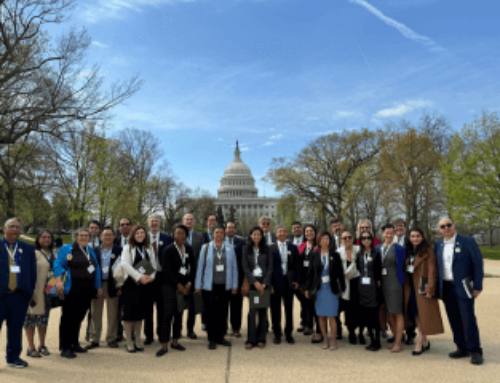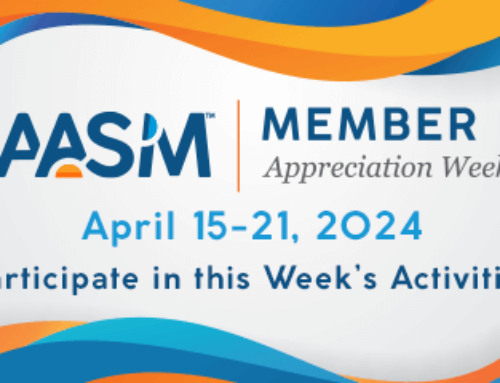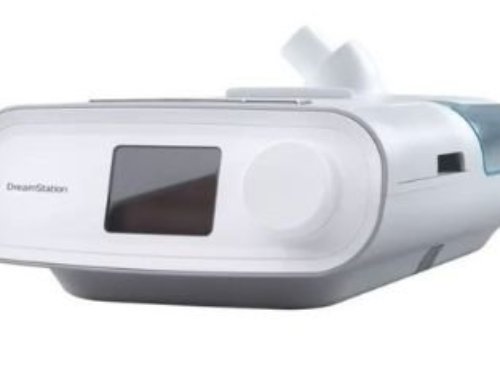Today the U.S. Food and Drug Administration released a safety communication and consumer update to inform patients and health care providers about concerns related to CPAP cleaning devices that use ozone or ultraviolet light. CPAP is a common treatment for obstructive sleep apnea.
The FDA reported that devices claiming to clean, disinfect or sanitize CPAP devices or accessories (such as masks, tubing, headgear) using ozone gas or UV light are not legally marketed for this use by the FDA in the U.S. According to the FDA, it is unknown if these CPAP cleaners are safe and effective.
To ensure the safe and effective cleaning of CPAP devices and accessories, the FDA recommends that consumers and health care providers follow the cleaning instructions provided by the CPAP manufacturer. These directions normally include regular cleaning with soap and water.
CPAP Cleaning Device Concerns
The FDA indicated in a press release that it received 11 reports from 2017-2019 from patients experiencing cough, difficult breathing, nasal irritation, headaches, asthma attacks and other breathing complaints when ozone gas-based products were used to clean, sanitize or disinfect CPAP devices and accessories. The FDA has not received any adverse event reports for UV light products claiming to clean, disinfect or sanitize CPAP devices and accessories.
“Exposure to high levels of ozone gas may worsen a patients’ existing chronic respiratory diseases or increase the chance of a respiratory infection,” said Dr. William H. Maisel, director of the Office of Product Evaluation and Quality in the FDA’s Center for Devices and Radiological Health.
“UV light-based products could cause burns, eye damage or increase the risk of skin cancer due to over exposure,” Maisel noted. “The FDA has contacted manufacturers of products making these claims and asked them to submit data demonstrating their safety and effectiveness.”
FDA Tests CPAP Cleaners
The FDA conducted its own preliminary lab testing on several illegally marketed products. The testing demonstrated that devices using ozone disinfection generated ambient levels of ozone above limits considered safe for human exposure. Ozone levels were also high in CPAP machines and tubing even after waiting the amount of time recommended by the manufacturer after a cleaning cycle.
The FDA’s studies also found that the power of the UV light, and the time during which CPAP masks and accessories were exposed to this light, varied considerably among UV cleaners. According to the FDA, if CPAP components are exposed to insufficient UV light or processed for an insufficient amount of time, the CPAP components could be inadequately disinfected, leading to safety and performance problems.
The FDA encourages individuals to report adverse events related to the use of CPAP cleaning devices.
CPAP for Sleep Apnea
Nearly 30 million adults in the U.S. have obstructive sleep apnea, a chronic disease that involves the repeated collapse of the upper airway during sleep. Common warning signs include snoring and excessive daytime sleepiness. A common treatment is CPAP therapy, which uses mild levels of air pressure, provided through a mask, to keep the throat open during sleep.
Learn more about CPAP and sleep apnea at sleepeducation.org.









